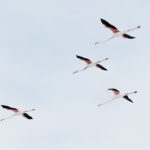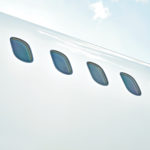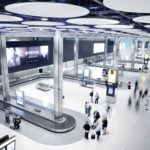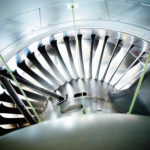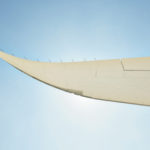Photographing powerful machines doesn’t always mean catching them at their fastest and most furious.
Alister Thorpe has yet to experience air-to-air photography, but he’s no stranger to car-to-car jobs. He once spent 28 days in the Australian outback on a shoot for Land Rover, taking pictures of the company’s vehicles in motion while strapped to a moving platform on the back of a tow truck.
Key to his success is an intimate understanding of his subject, Thorpe says. “As a kid, I used to build my own Scalextric cars and race them. I developed an interest in automotive aesthetics. Some of my favorite design houses were Italian, like Carrozzeria Touring.”
Thorpe says there are many similarities between shooting the interior of airplanes and automobiles. “The study of ergonomics and the design of someone’s personal space, where they’re going to be seated for quite a while, comes into play,” he explains. In fact, it was his automotive photography experience that led UK-based design firm forpeople to contact him about a big project with British Airways.
The main difference with aviation photography is that it tends to be far more static, Thorpe says. Half the battle with commercial airlines is finding a time slot when an aircraft is available, and this means shoots often take place in a hangar when an airplane is undergoing maintenance, or on the apron, but that can be after dark.
So, what happens when airlines want a “daylight feel”? Rather than using computer generated imagery, Thorpe shines artificial lighting through the aircraft windows. “We position the lights on top of scissor lifts, but we have to cover all the windows in something called a diffuser, which softens the light and makes it look like you’re at 35,000 feet.”
On the whole, the setup time, also known as the”pre-light,” is limited to a few hours. So it is essential that the best angles and lighting positions, and potential problems, are identified quickly: There’s no time to make major changes during the actual shoot.
When Thorpe does finally make it on board, he’s impressed with modern aircraft interior design. “The most interesting thing I have learned about aircraft interiors is how different they all are – how each airline decides how to design their own interior cabin spaces to gain an edge over their competitors,” he says. “I notice the attention to detail in the design. And if you speak to a frequent flyer, they will notice these things, too, and that is why airlines recognize the importance of good interior design.”
“An Inside Job” was originally published in the 9.2 April/May issue of APEX Experience magazine.



